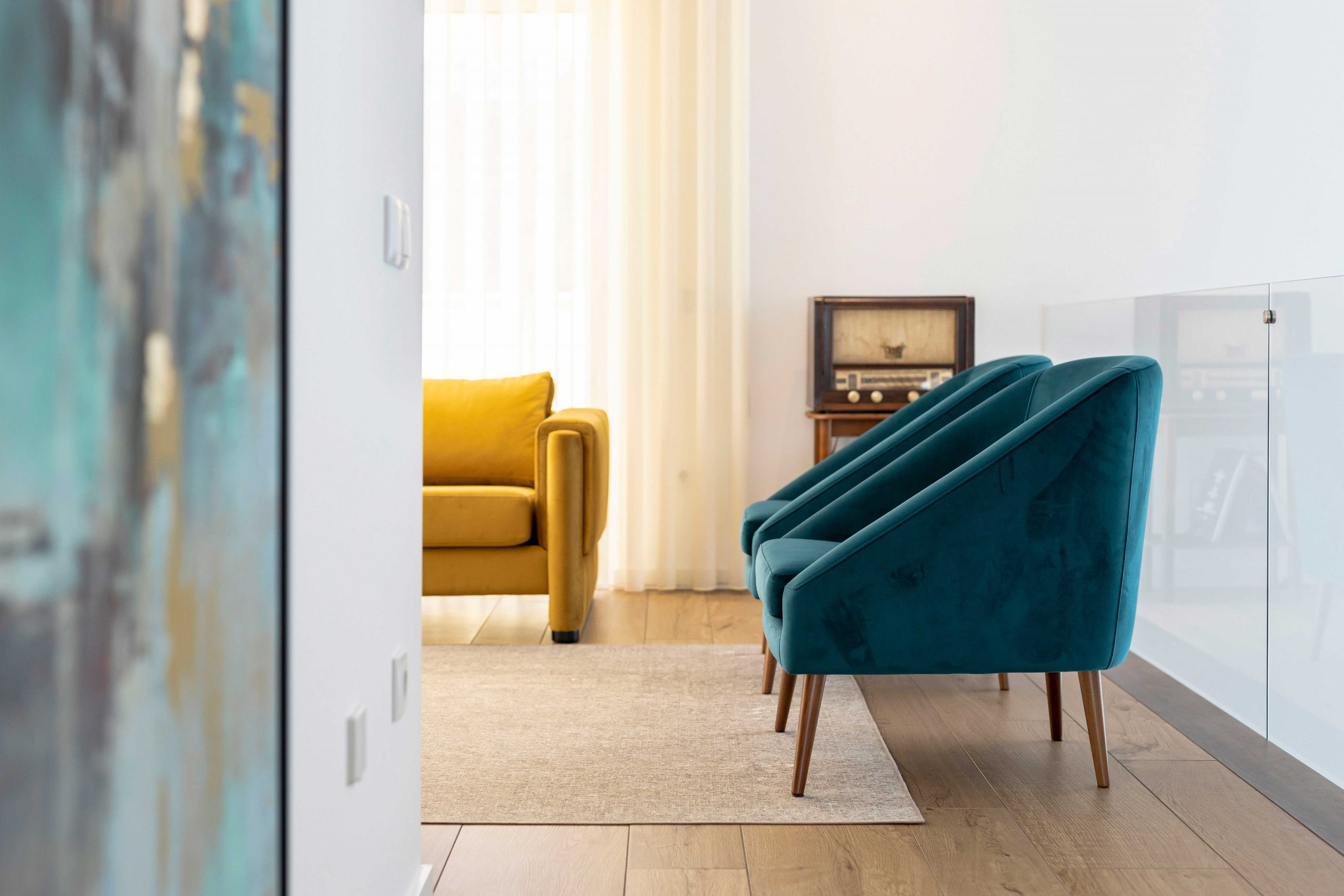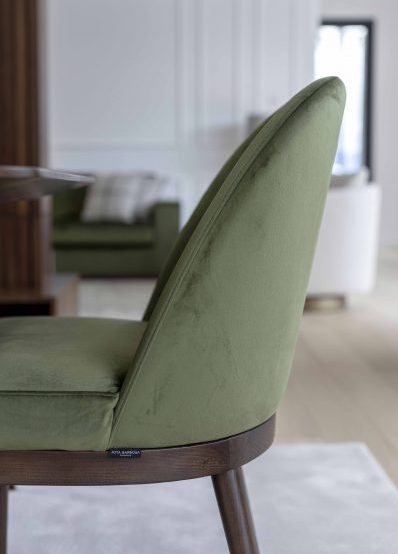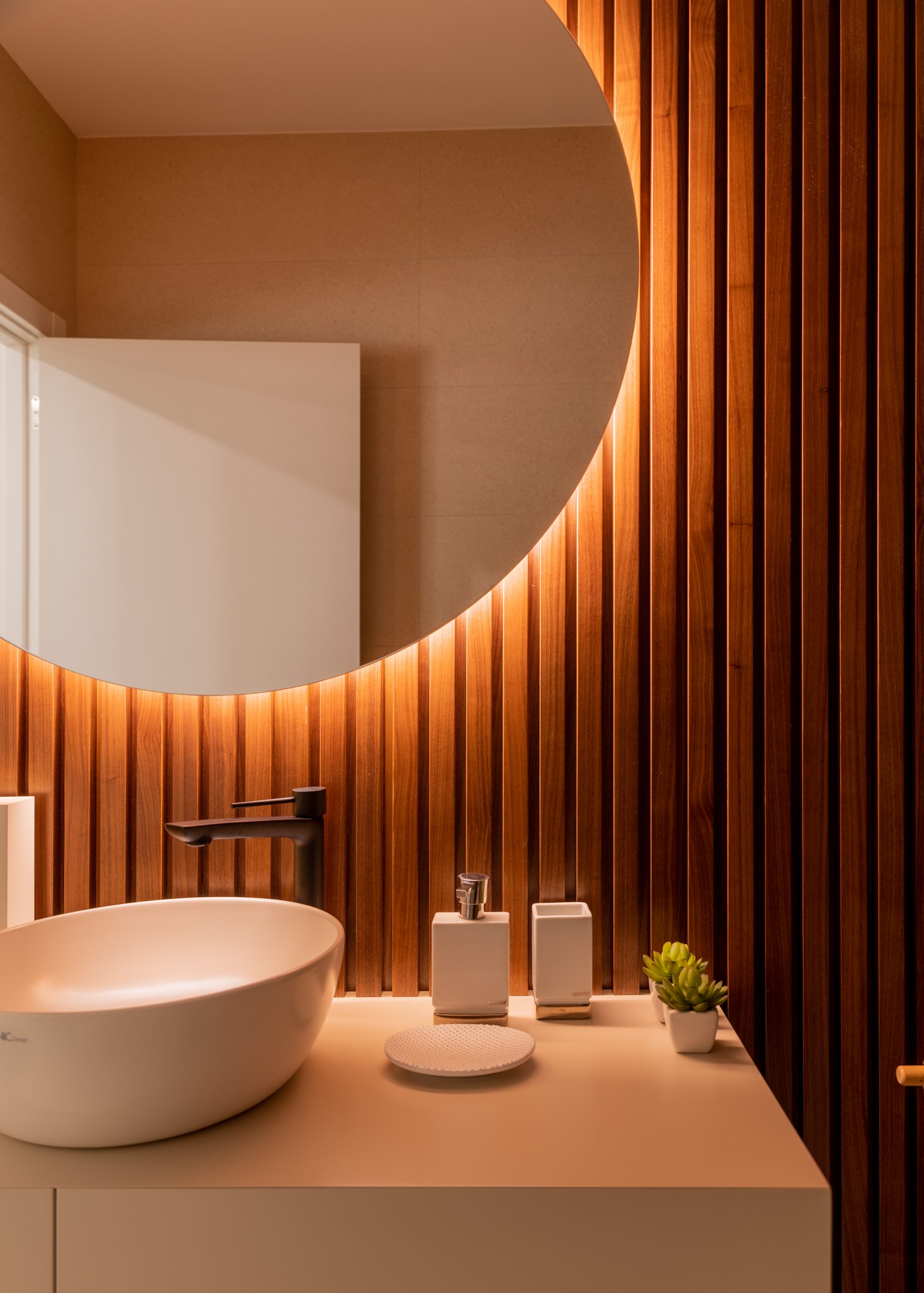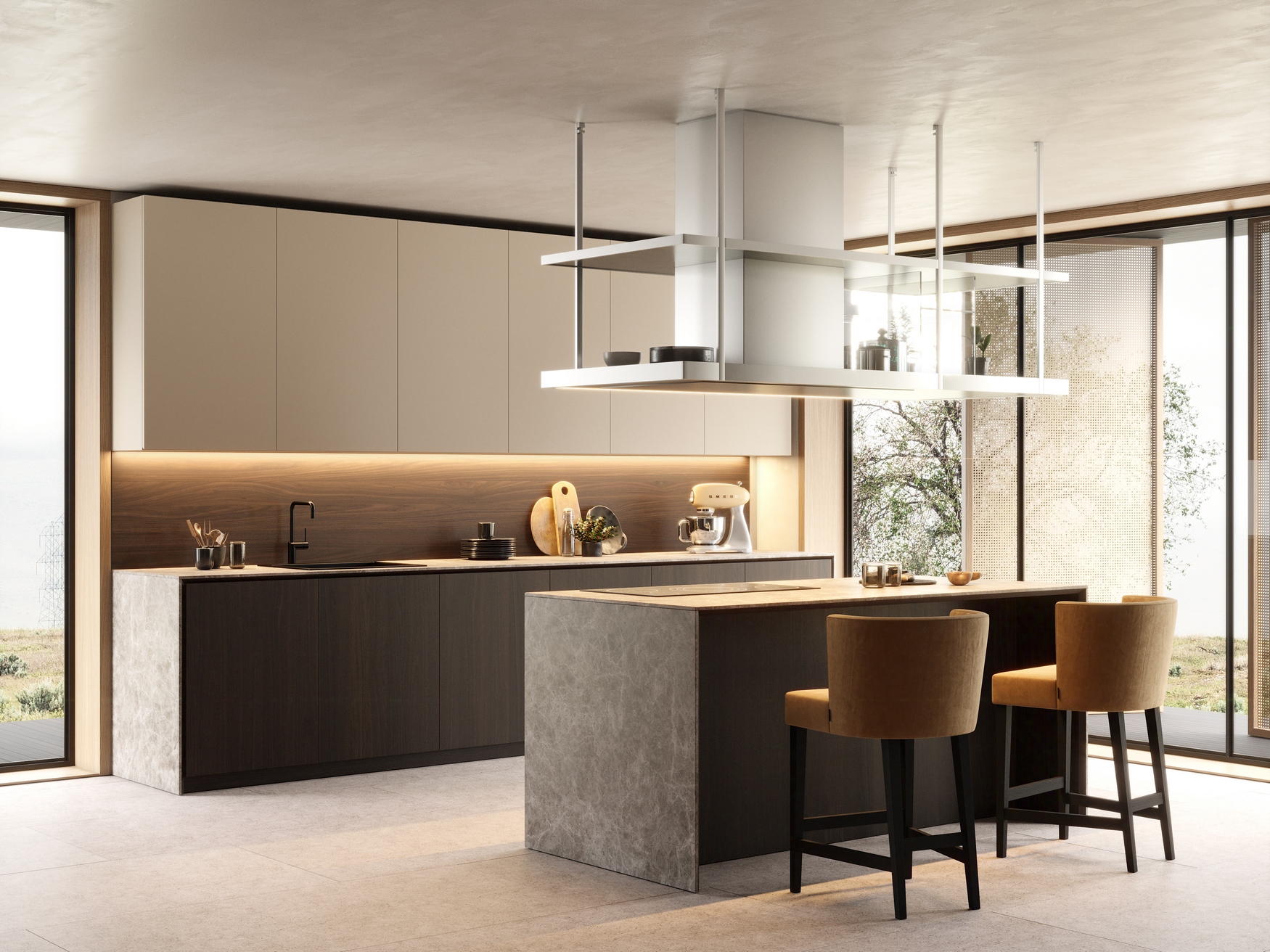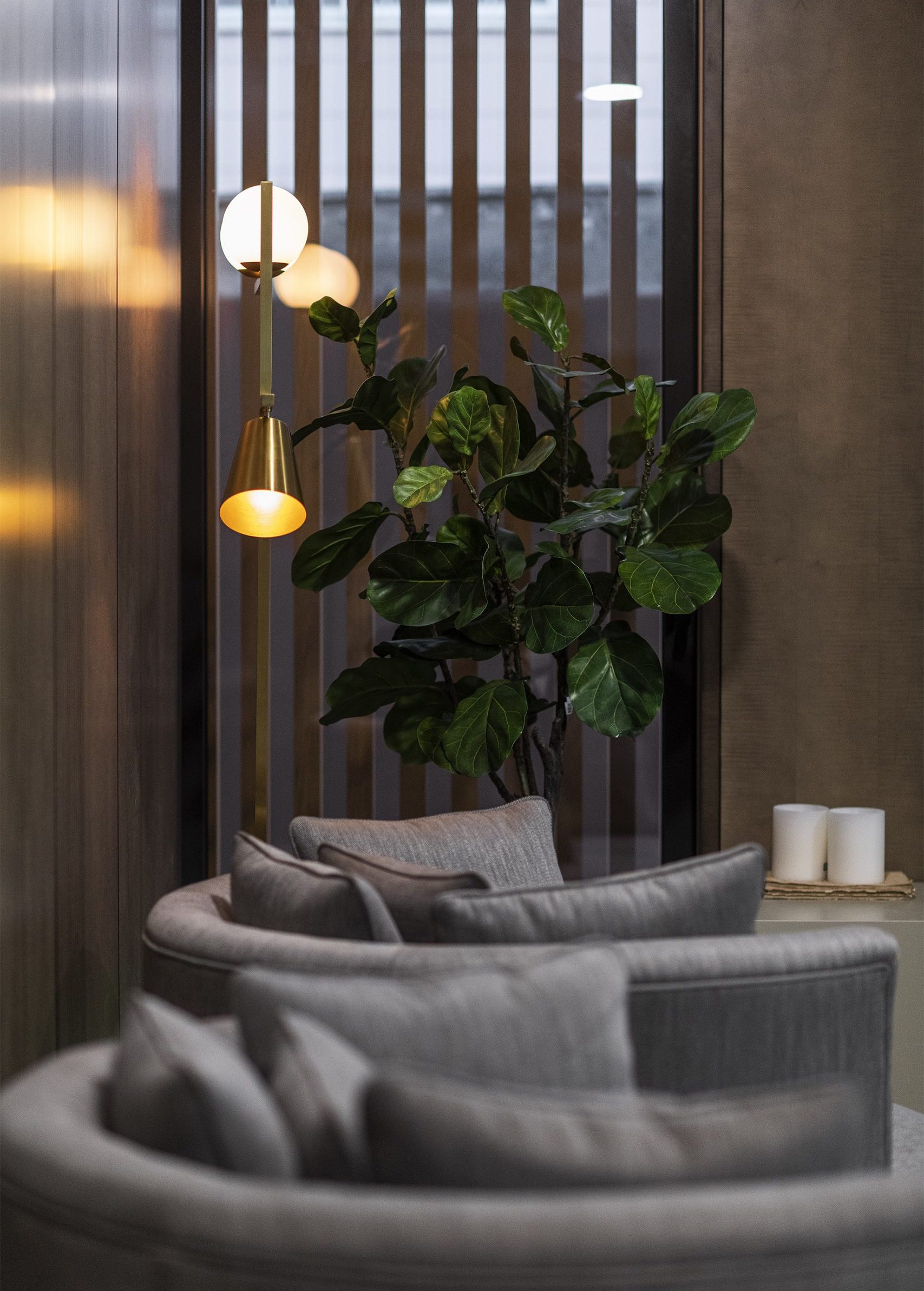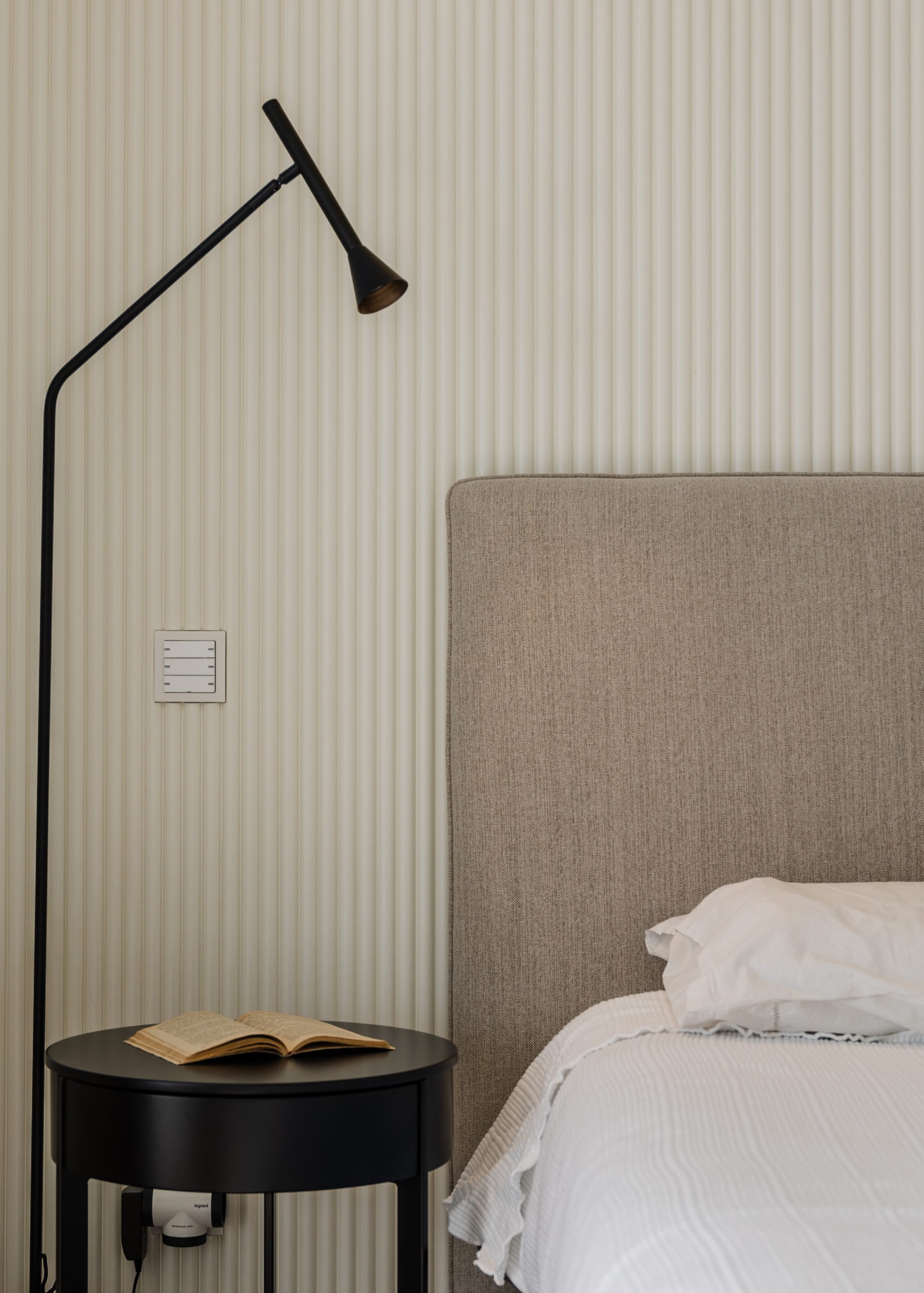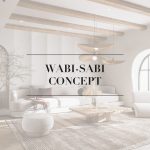- Interior design |
- Services |
- Trends |
Everything you need to know before decorating your home
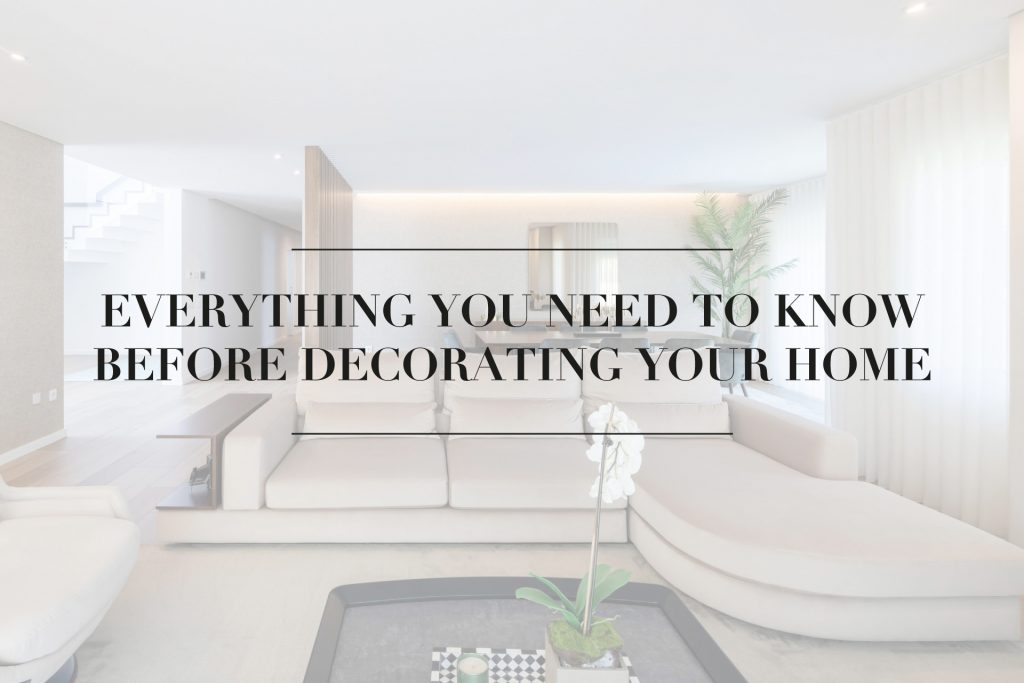
Decorating your home is a process that excites you and makes you explore unlikely combinations and follow interesting paths. However, before that, there are some aspects that you need to take into consideration so that you don’t make unnecessary mistakes.
It is important to base yourself on a few topics so that you can follow a coherent aesthetic line, and optimize your time and money in this choice. Learn now the secrets for an elegant, organized, and functional interior decoration.
Define a Goal / Style
Before you start decorating your corner it is important to define what purpose each space will have. Open to a multitude of possibilities, it is at this stage that you should select the decorative style that you most identify with, that best describes you, and where your personality lies.
Visualize the big picture so that you can determine what you can put in and how you will distribute it.
Decide what kind of furniture you intend to place in your home and the shades you will have so that everything will fit together in a harmonious relationship.
Look for the best places to help you in your decoration, reinforcing that quality is an essential criterion so that your house has a greater durability and, at the same time, a distinct charm.
Think about whether you want to put decorative aspects such as wallpaper, paintings, clocks, photographs.
The cohesion between all the elements is a key factor to ensure that your home is a reflection of your tastes and that there is a balance between everything.
- Living Room | Project Cantanhede
Point of Distinction
Every room needs a piece that makes a statement on its own. Something that will surprise, delight, and make an impact in your spaces. This piece can be large, in a bold color, an artist’s rug, a work of art, or a wall, in other words, something that your guests will immediately notice its presence.
This piece is designed to steal attention. Attracted by the passion of the moment you saw it, it may lead you to buy a more expensive piece than expected, but you will know that its elegance will be timeless. Organize your environments around this piece, making the other pieces complement rather than compete with this work of art.
- Leisure Area | Cantanhede Residence Project
Textures
Sometimes we feel that something is missing in our environments even though everything is complete. Textures provide sensations that complement and sometimes transform the decoration you already have. Through details such as rugs, artist’s cushions, or embossed fabrics, distinctive dynamics can be created within the environment itself.
A good tip to be bold in your design is to mix different types of materials such as iron combined with wood, or with straw, natural fabrics with lacquered furniture, for example. Risky choices that bring a rewarding result.
Creating a personalized environment only makes sense when you put in what you like most, so don’t be afraid to take risks and merge different types of patterns, colors, and textures.
- Natur Chair by Jota Barbosa
- Bathroom | Tomar Residence Project
Layout – Flows of Movement
Designers often think not only about how people move around in a house, but also why people move between different points, and what they do in those places.
Flow relative to household care – The way you move in and out and around the house to do household tasks, such as unloading and putting away groceries and taking out the trash.
Work-related flow – How you move around the rooms to move between different workplaces, such as in the kitchen to go from the washing machine and dishwasher to the hob and oven.
Family flow – How do they move between the different rooms throughout the day? From morning to evening, where they spend the most time
Guest flow – How do your guests move from the entrance to the common areas such as the kitchen, dining room and living room, not forgetting the service bathroom? Compare this flow with that of the more private areas of the house.
Also focus on symmetry to create a balanced environment. The end result will be a space that looks and feels comfortable and organized at the same time.
- Modern Kitchen Inspiration
Lighting
Just as we can use brushes and paints to create visual effects or different moods in a room, we can also use lighting in decorating. The way we arrange the lamps, where we let the light rays land, and combine the different light sources can literally make a difference like night to day in the room concerned.
The priority will always be natural lighting, where it will have a higher quality of energy levels. However, in that impossibility comes artificial lighting that allows you to position the light to the points you want to highlight.
- Reading area Casas d’Avenida Project
- Minimalist Bedroom Oeiras Residence Project
